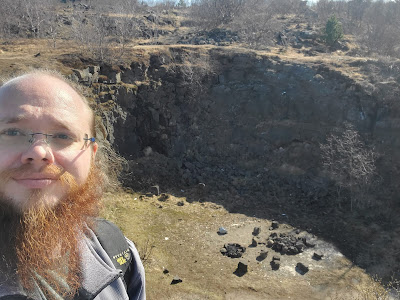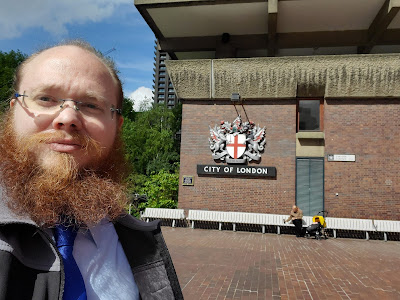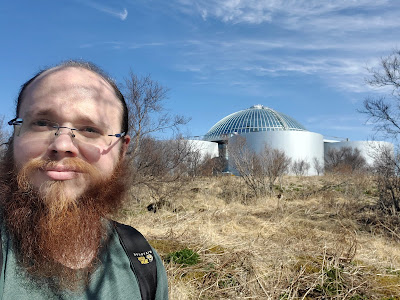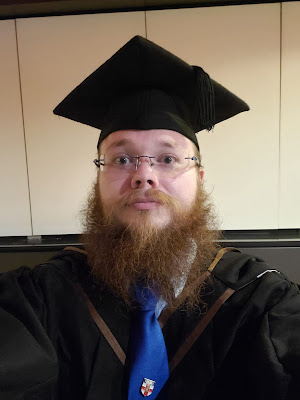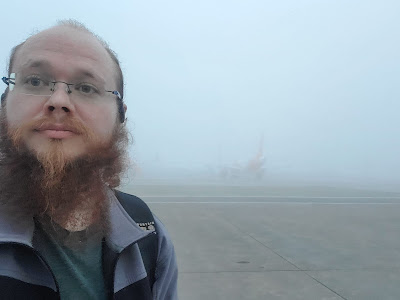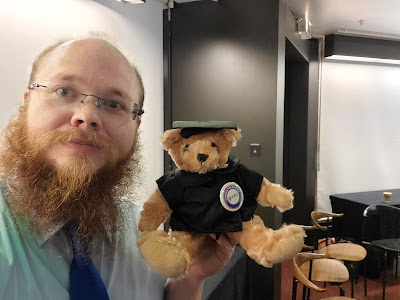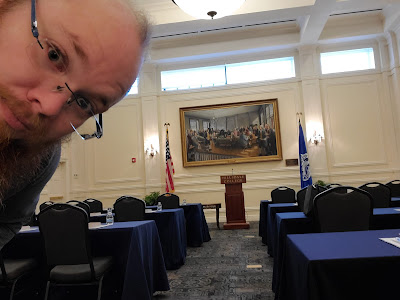Fiscal Coordination Between Governments

Why is fiscal co-ordination between different tiers of government difficult to achieve? How might these difficulties be resolved? Coordination is a difficult objective to achieve in any organization, more so in political organizations, and more so in multiple tiers of political organizations. In this paper we will look at the difficulties of fiscal coordination between tiers of government and how these might be resolved, using the local municipality of Dalton Township, Michigan, USA as an example. Coordination can be defined as "the process of organizing the different activities or people involved in something so that they work together effectively." (Cambridge Dictionary, 2022) To a large extent politics is the opposite of this, resolving conflicts arising from disparate interests among persons through means and methods of power. It can be stated that, "In fact, if coordination is the means by which organizations find order and integration, then politics acts to the det
